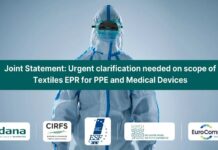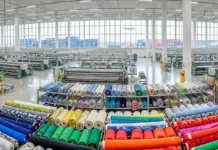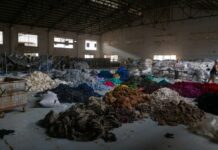Recent discussions between the United States and the European Union are signaling a potential breakthrough in trade relations, with a renewed emphasis on the textile and apparel sectors. The ongoing negotiations aim to enhance collaboration and eliminate trade barriers that have hindered the growth of these industries on both sides of the Atlantic.
Trade officials from the US and EU have been engaging in dialogue to address various issues, including tariffs and regulatory discrepancies that impact the textile market. Both parties recognize the significance of fostering a more integrated supply chain, which can lead to increased competitiveness and innovation in the fashion and textile sectors.
A key aspect of the negotiations revolves around reducing tariffs on textile products, which have remained a point of contention. The US and EU are exploring ways to harmonize their regulatory frameworks to facilitate smoother trade processes. This includes addressing non-tariff barriers that often complicate exports and imports in the textile industry.
Representatives from the American Apparel & Footwear Association (AAFA) and other industry organizations have expressed strong support for the trade discussions, highlighting the need for a comprehensive agreement that benefits manufacturers, retailers, and consumers alike. The AAFA emphasizes that reducing trade barriers will not only enhance market access but also stimulate job creation and economic growth within the sector.
In addition to tariffs, the negotiations are expected to focus on sustainability standards and practices within the textile industry. Both the US and EU are committed to promoting sustainable practices and are considering how to align their environmental regulations to support these goals.
As the talks progress, industry stakeholders remain optimistic about the potential outcomes. A successful trade agreement could pave the way for increased collaboration in research and development, innovation, and the adoption of advanced technologies within the textile sector.
In conclusion, the US-EU trade agreement discussions are gaining significant traction, particularly with a focus on the textile and apparel industries. The anticipated reduction of tariffs and alignment of regulations could enhance transatlantic trade, ultimately benefiting consumers and businesses in both regions. As negotiations continue, the industry watches closely, hoping for a comprehensive agreement that fosters growth and sustainability in the textile market.



































